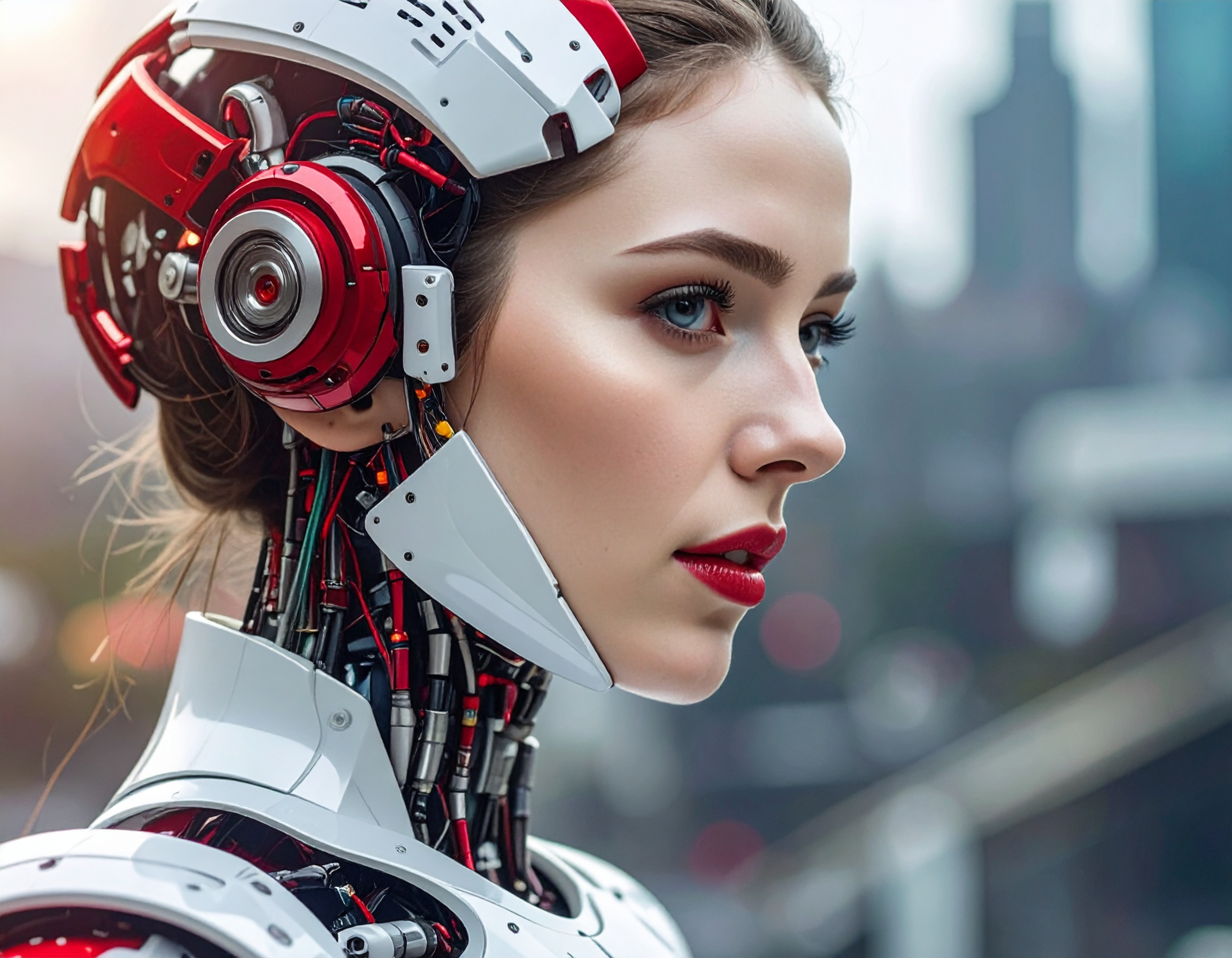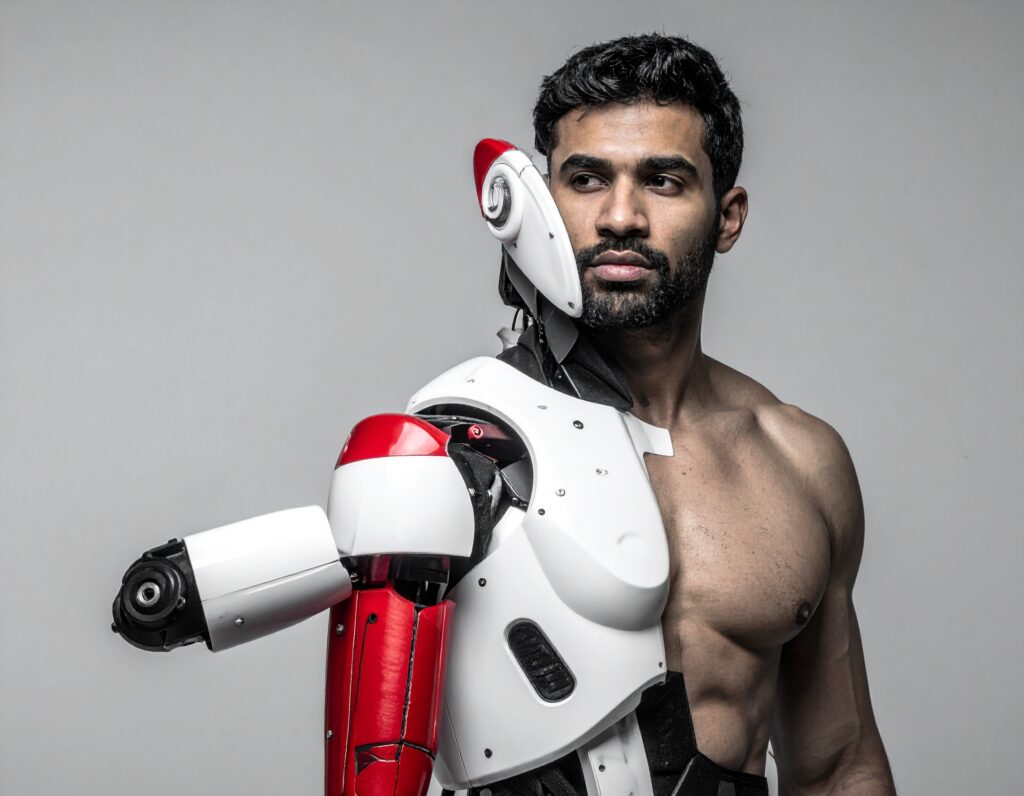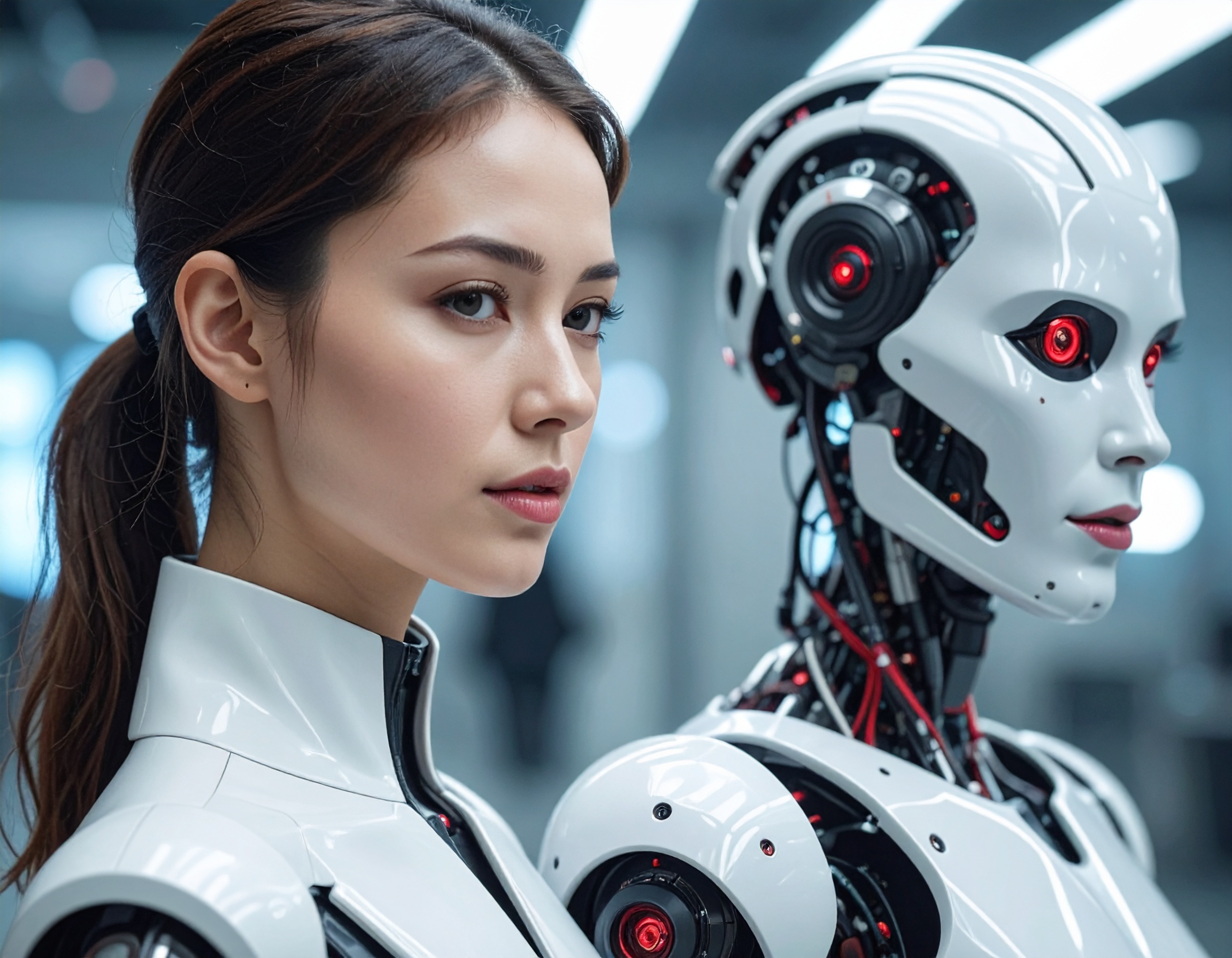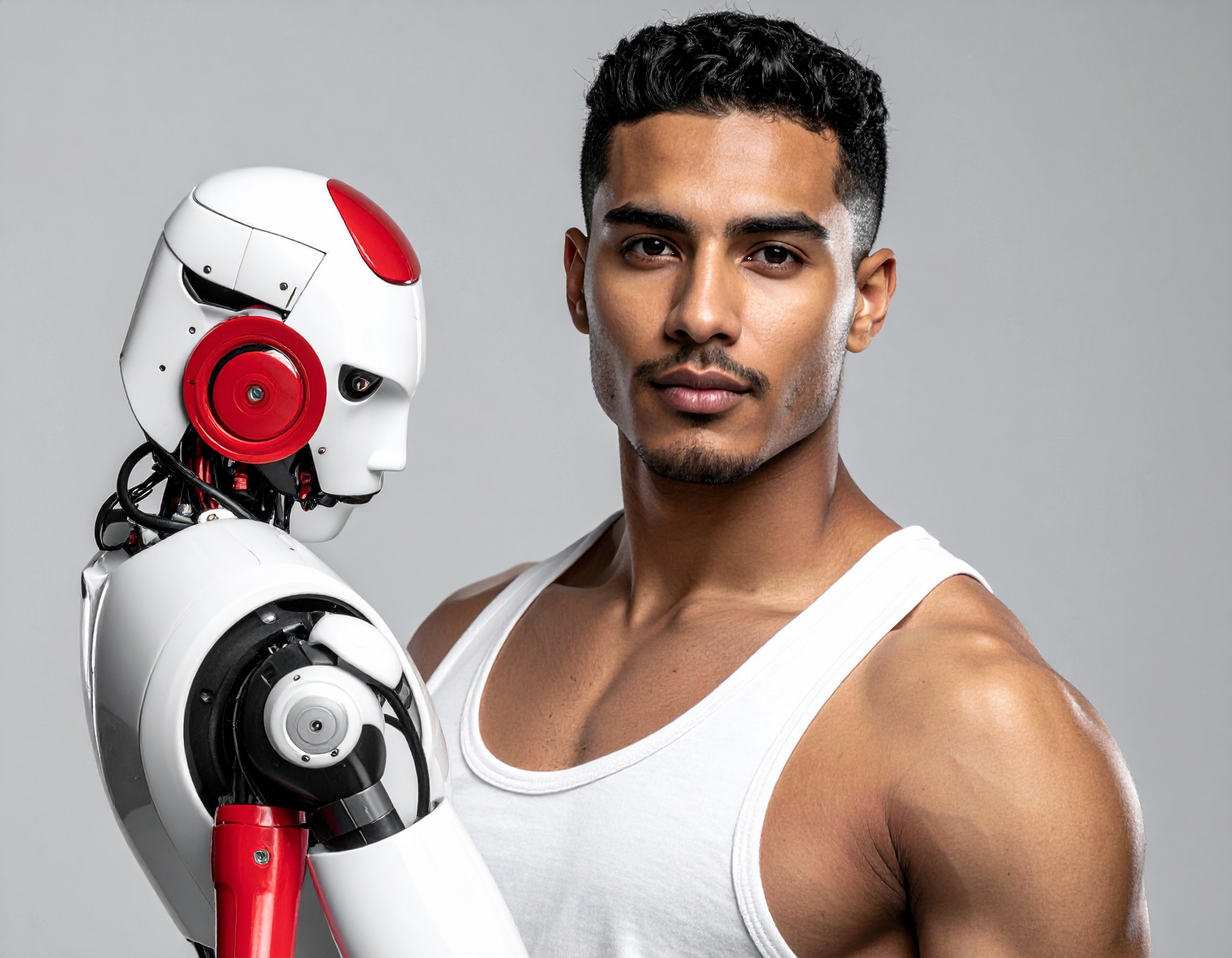From Concrete to Cultivation: How AI Employee and Robotics Are Growing Tomorrow’s Architecture

A New Era in Architecture
On 3 November 2025, ArchDaily published a forward-looking article titled “From Concrete to Cultivation: How AI and Robotics Are Rewriting Architecture’s Material Logic””. The piece argues that architecture is entering a pivotal moment, as urban-growth and climate pressures force a rethink of materials and systems. What used to be a domain of heavy concrete and fixed structures is shifting toward a paradigm where “non-human workers” — meaning robotics, generative AI design tools and bio-fabrication systems — collaborate with living materials to create built environments that grow, adapt and eventually return to nature.
For decades, robotics and AI have been used in construction mainly for speed and automation. But now the article notes a transition: these tools are increasingly being treated as “AI Employee” or “Voice AI Agents” of material cultivation and regeneration rather than simple machine builders.
Cultivation, Not Just Construction
Instead of building static structures, the article highlights how architecture is beginning to harness growth and decay as active design parameters. For example:
- Use of mycelium-based composites that can grow, breathe and decompose.
- Projects like Growing Matter(s) Pavilion by Henning Larsen Architects and the MycoMuseum at the 2025 Venice Architecture Biennale, where robotics and AI guide the printing or layering of bio-composites.
- At ETH Zurich’s Digital Building Technologies lab, a robotic system layers microbial cultures and calcium-rich solutions to bind waste particles into solid building material — thus re-imagining construction as a living system.
Thus, the shift is from “build fast, build cheap” towards “grow, regenerate, heal”. The article emphasises how AI and robotics become integral to material logic: deciding pore sizes, structural rhythms, responding to humidity, microbial behavior, and adapting in real-time.

Why It Matters
This shift in architecture matters for several reasons. Firstly, because cities are under strain: population, resource scarcity, waste, climate change all demand new thinking. The article asserts that buildings cannot simply be inert relics; they must engage in life-cycles. Secondly, the use of non-human workers (robotics, generative AI, bio-fabrication) opens up new possibilities: less waste, materials that return to the earth, structures that adapt rather than degrade. And thirdly, this change challenges the role of the architect and construction industry to incorporate ecological intelligence, not just structural logic.
In short, this article spotlights a profound transformation: architecture moving from permanence to metabolism, from static object to evolving system. It signals that the future buildings we interact with may be partly grown, partly printed, and maintained by “voice AI agents” guiding harvesting, growth and decay. For professionals and the public alike, understanding this trend helps anticipate how our cities and habitats will change.
Key Highlights:
- Shift from materials like concrete to living materials (mycelium, microbial composites) within architectural fabrication.
- Robotics and AI moving beyond automation to material cultivation and adaptation in real time.
- Examples: Growing Matter(s) Pavilion, MycoMuseum, ETH Zurich microbial binding project.
- Architecture re-framed from build-and-maintain to grow-and-regenerate; cities become ecosystems rather than monuments.
Reference:


